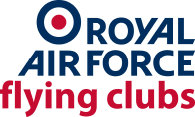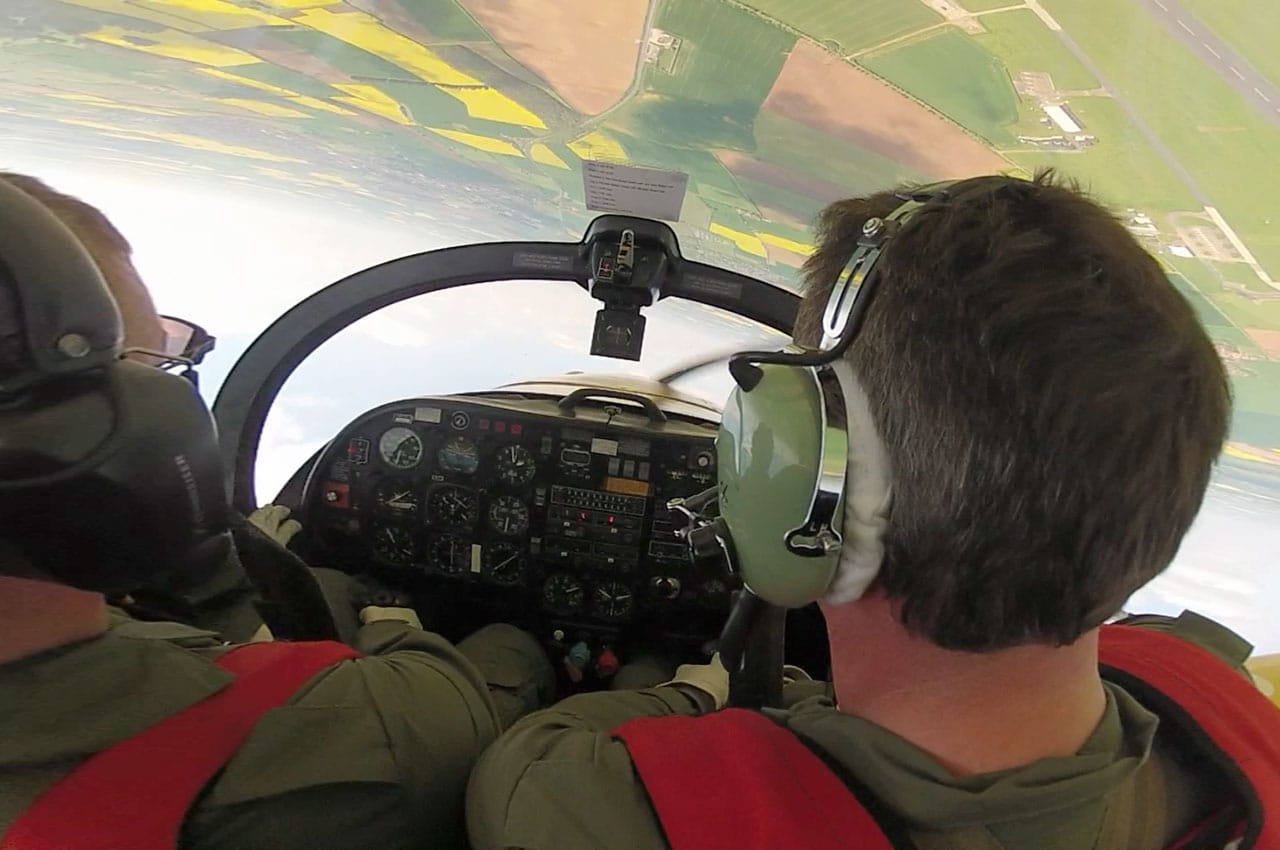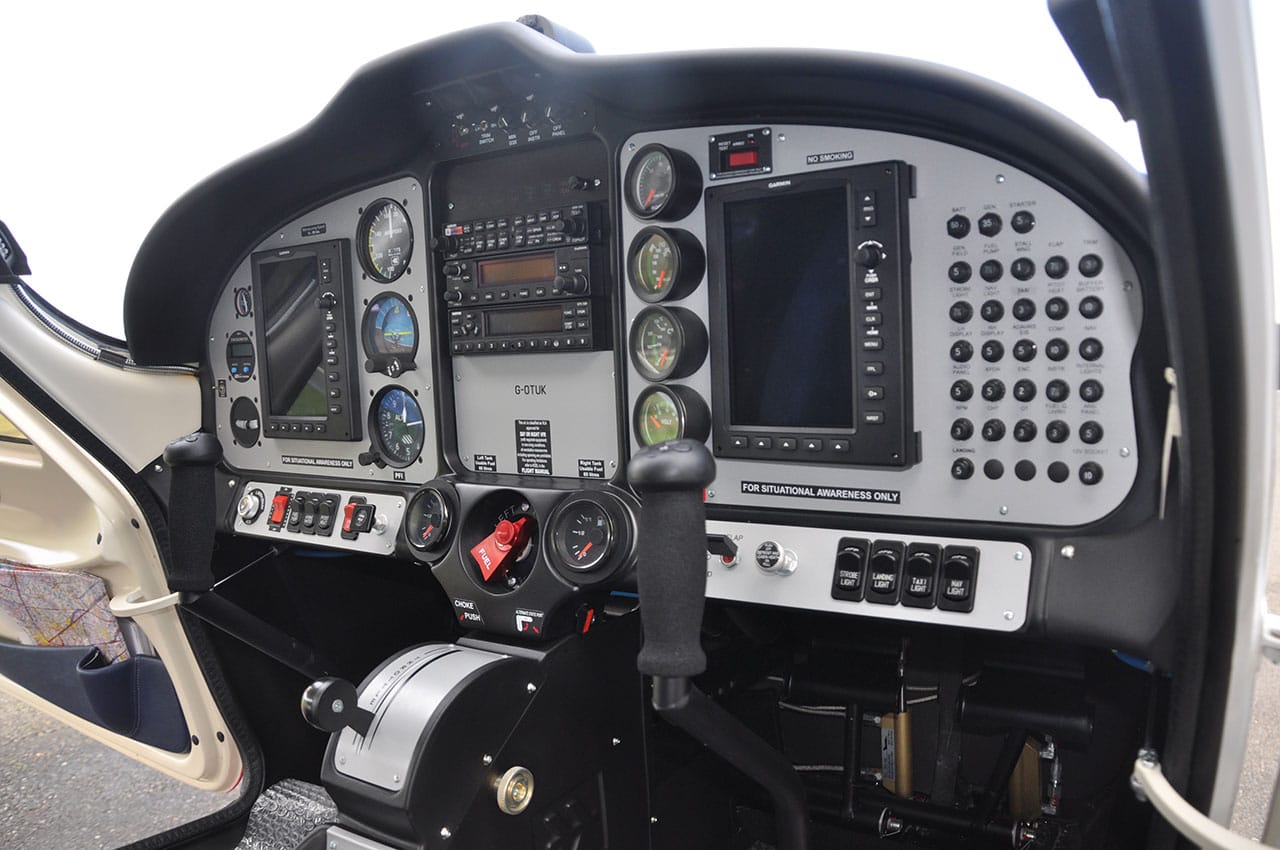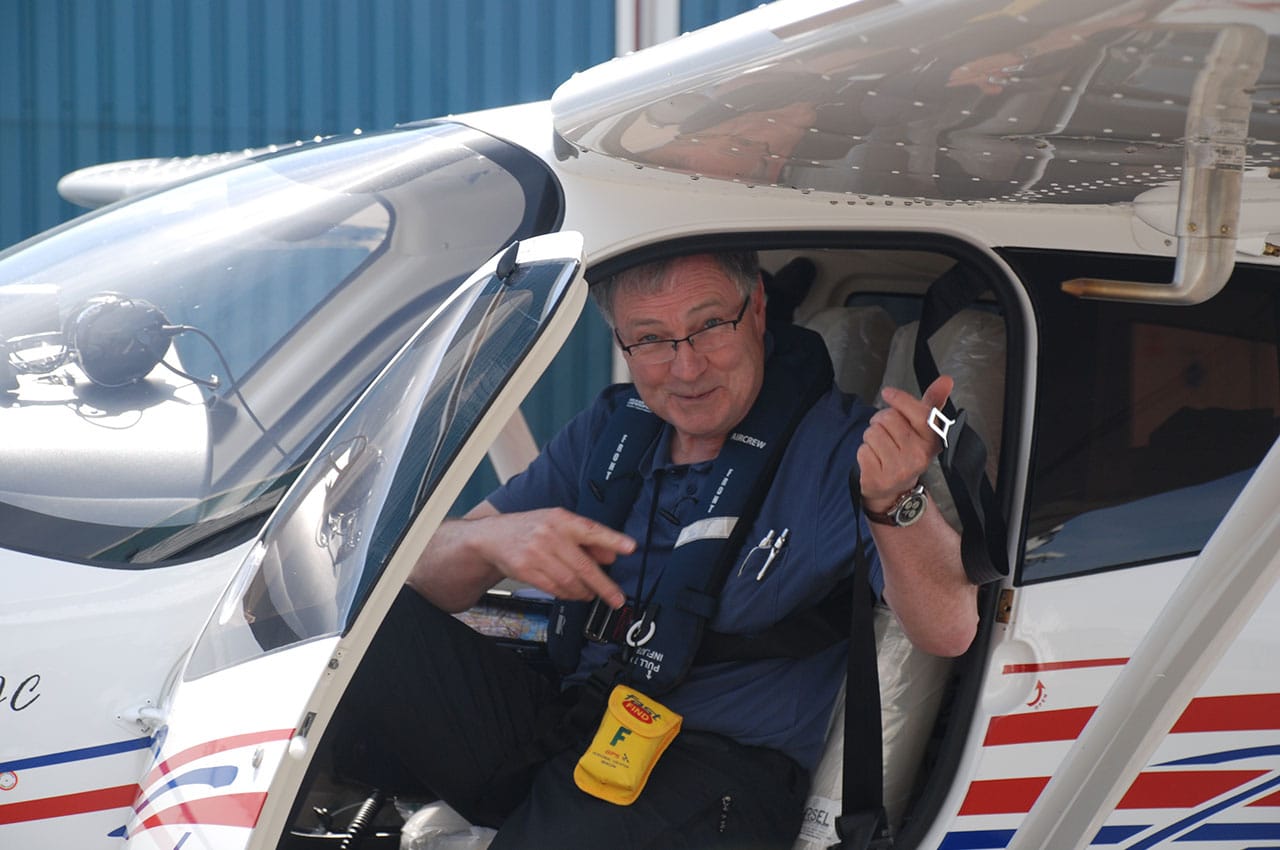The EASA Private Pilot’s Licence (PPL)
Gaining your EASA Private Pilot’s Licence (PPL) will either be the first step on the road to becoming a professional pilot, or will introduce the enthusiast just wishing to take up flying - one of life’s greatest adventures. The PPL course requires that you fly a minimum of 45 hours, including 10 hours solo. Following successful completion of your training you will be required to pass a fight test with one of our examiners; this test will assess your navigation as well as your general handling skills.
In addition to the flying training you would be required to pass nine ground exams in the following subjects: Air Law, Operational Procedures, Communications, Meteorology, Navigation, Human Performance and Limitations, Flight Performance and Planning, Principles of Flight, Aircraft General Knowledge. These tests are multiple-choice and require a 75% pass mark. We offer ground school training for all of these subjects.
The average time taken to achieve a Private Pilot’s Licence is around 60 hours, and how long you’ll take will depend on your ability and flying frequency. There is currently no minimum age for dual instruction, but any instruction received before the age of 14 does not count towards the PPL. A student may fly as Pilot in Command from their 16th birthday and can apply for a PPL to be issued when they are 17 years old.
Learning to Fly
Most flying training is conducted in a modern 2-seat, low wing aircraft with excellent handling characteristics ideal for the modern training environment. Your lessons will always include time for a comprehensive pre-flight brief, flying instruction, and after your flight, time to de-brief the lesson and discuss any points that may have arisen. There is no time limit for the completion of the course but we suggest that budget permitting, you take regular lessons so as to avoid having to revise some exercises in the air as this will help keep the overall cost down.
All dual instruction (with the instructor sitting next to you) will take place mostly in the local training area and will be broken down into set exercises: flying straight and level, climbing and descending, circuits including take-offs and landings, stall recovery, steep turns, navigation and so on. There are hurdles, as you might expect, the first of which is to be able to land the aircraft. For all pilots, even the most experienced, landings are a cross between science and art, and something to be practised, rarely are two landings the same. Solo tuition comes when your instructor has prepared you to the required standard and he or she decides you are ready. The process can be broken down into the following sequence:
Flying hours
Students will need to complete a minimum of 45 hours flying training which roughly breaks down as follows:
- 4 hours aircraft familiarisation and level flight• 4 hours climbing descending and turning
- 7 hours in aerodrome circuit practising take-off and landing
At this point, you may be able to take your first solo flight.
- 5 hours circuit and solo consolidation
- 5 hours dual navigation
You can now try for your first solo cross country.
- 5 hours solo navigation
- 5 hours progressive flying training
- 3 hours instrument and radio aid flying
- 7 hours consolidation and revision exercises
You may now be ready to take your skills test and apply for your licence.
Ground school and exams
You are required to pass nine written examinations and a radiotelephony test.
The nine examinations to be passed are in the following subjects and are of the multiple choice answer format:
- Aviation Law
- Operational Procedures
- Human Performance & Limitations
- Navigation & Radio Aids• Meteorology
- Aircraft General Knowledge• Flight Performance & Planning
- EASA Communications (written & practical test)
- Principles of Flight
EASA Medical
You’ll need to pass a simple EASA medical which must be carried out by a CAA Approved Medical Examiner (AME). We can help you arrange this.
Flying Training
During the initial phase of training, your goal is to develop the skills needed to inspect the aircraft before each flight, taxi to the runway, take off, fly around the airfield traffic pattern (circuit) and land the aircraft without your instructor’s help.
To accomplish this you’ll need to understand many new concepts while learning some key terms from aviation’s vocabulary. Most importantly, you’ll need to learn how to fly the aircraft under favourable weather conditions, including when and how to communicate over the radio. As you work through each subject your advancement will be recorded on your student record, along with your hours flown and of course regular progress reports by your instructor.
Ground Study
As you learn to fly, you’ll also be working your way through the theoretical knowledge which you’ll need in order to understand how, where, and when to fly safely. This is usually accomplished through a series of ground school classes at your chosen location.
Your First Solo
Once you’re competent at landing the aircraft, the next big stage is the first solo. There’s no set number of flying hours for this; it will come when your instructor has worked with you through all the elements of flying a complete circuit. They and the Chief Flying Instructor (CFI) also need to be sure you could cope with an engine failure resulting in a forced landing. They also have to be sure you can perform a go-around if required, and that you can operate the radio proficiently. Before your first solo you shall have passed the Aviation Law examination and also a medical carried out by an authorised medical examiner (AME).
After your first solo, there’s much more for you to learn and in most cases, you’ll fly some sessions with your instructor and others solo. During this stage of your training you may feel like all you’re doing is practicing over and over but you’ll need to hone your skills as you prepare for the next milestone in your training.
Post-Solo Flying Training
Little by little, your flying instructor will introduce you to more challenging flying, including leaving the circuit and learning to fly on carefully planned cross-country flights. You’ll need to understand navigation and the weather, and learn to recognise when conditions are beyond your capabilities. For most student pilots, the cross-country phase brings a new rush of excitement as all the elements of your training come together and you expand your aeronautical horizons, first with your instructor and then by yourself as you work towards the solo cross-country element of the Private Pilot’s Licence course.
The Skills Test
The final stage consists of preparation and rehearsal where all manoeuvres are reviewed and your proficiency is raised to a higher standard. As flying training nears completion your instructor will be working ever more closely with you to identify and correct areas in which he may think you need a little more practice. By this time you will have completed the full syllabus of both flying training and ground school, and passed all of the required examinations. Only when your instructor is satisfied, will he recommend you for the test.
The 2 hour PPL skills test is carried out by a CAA approved flight examiner and is a very thorough and demanding flight designed to demonstrate that you have acquired all of the necessary skills during your flying training. Pass the test, and well done captain - you’re a pilot!







